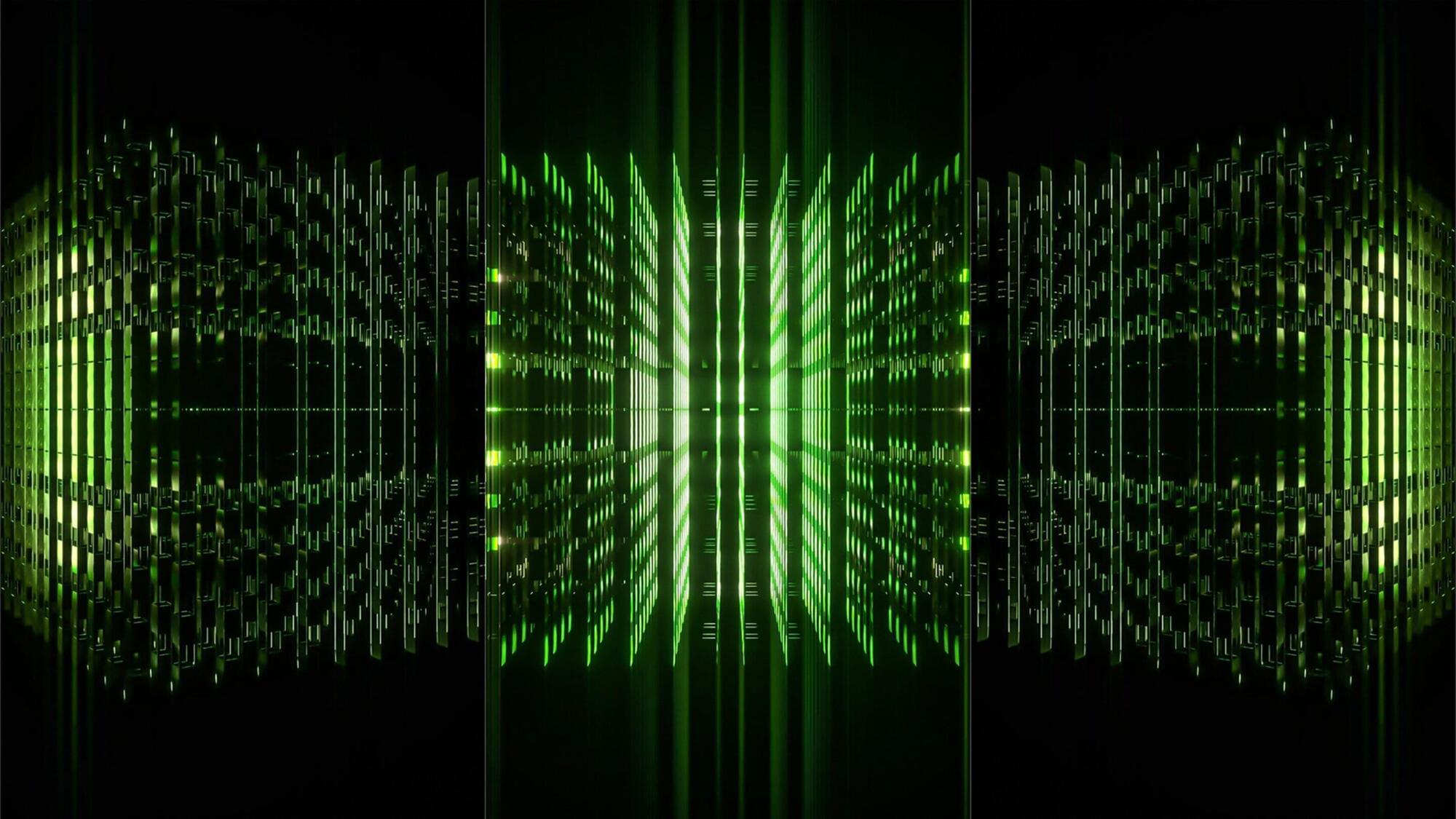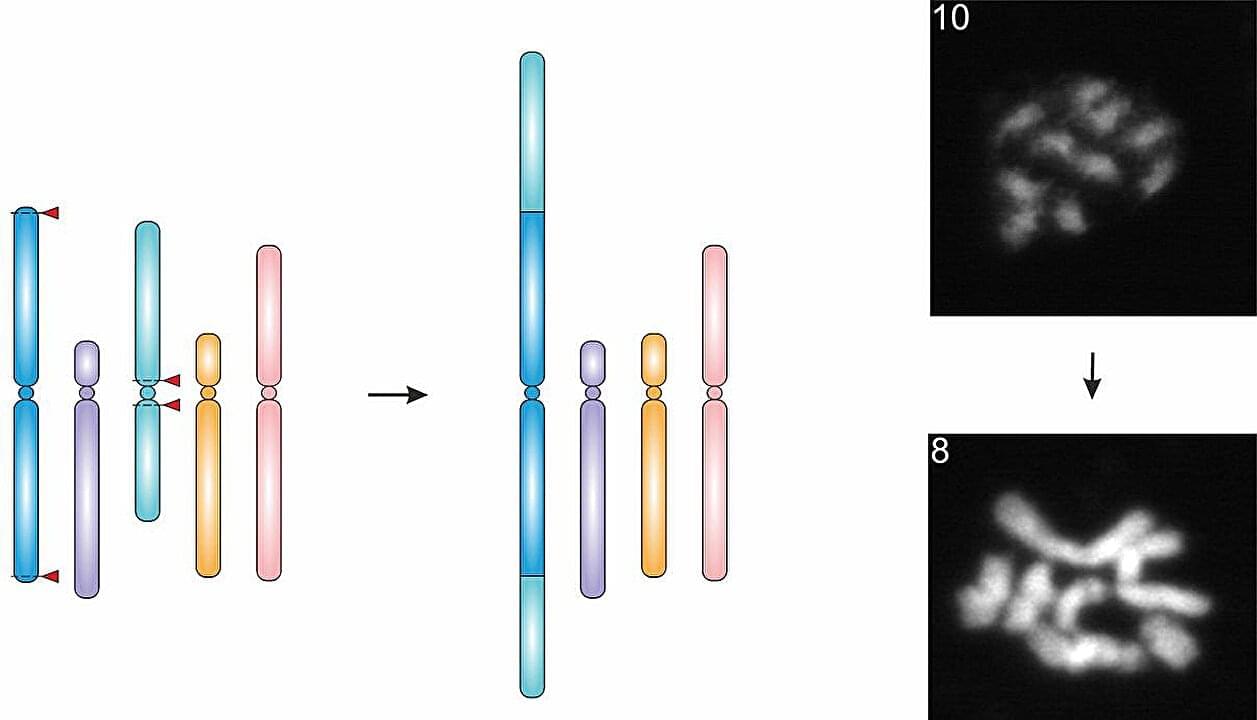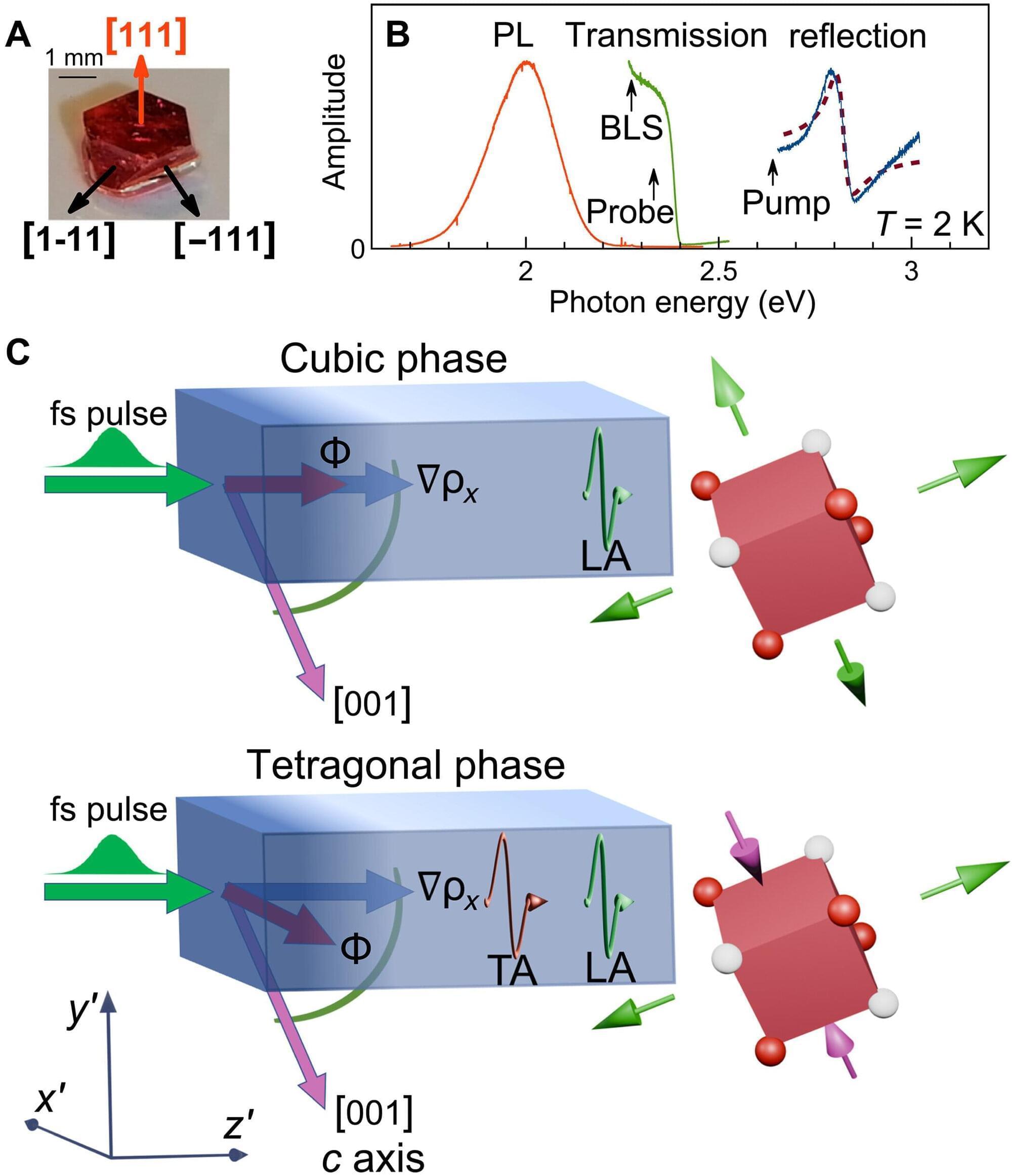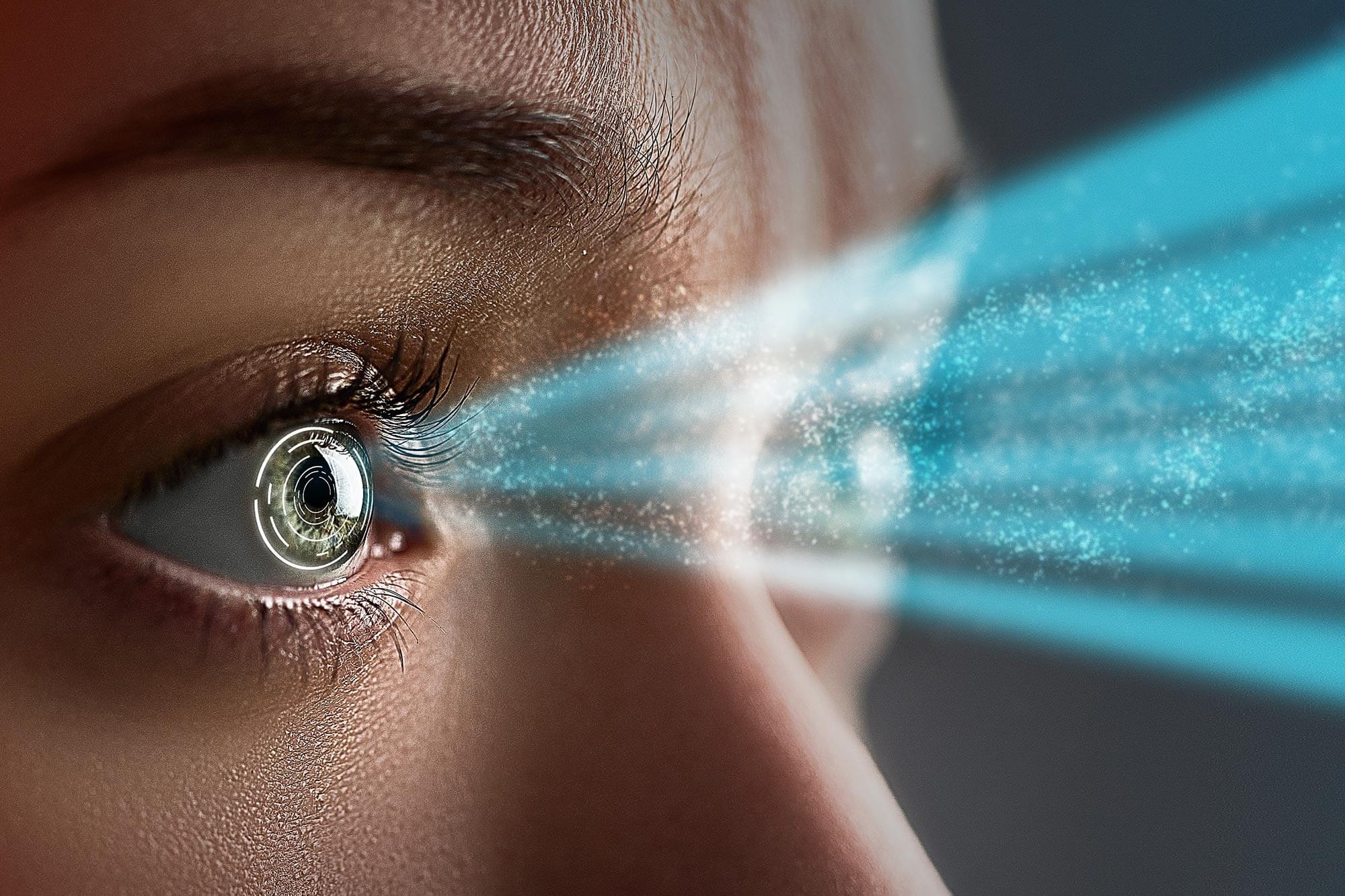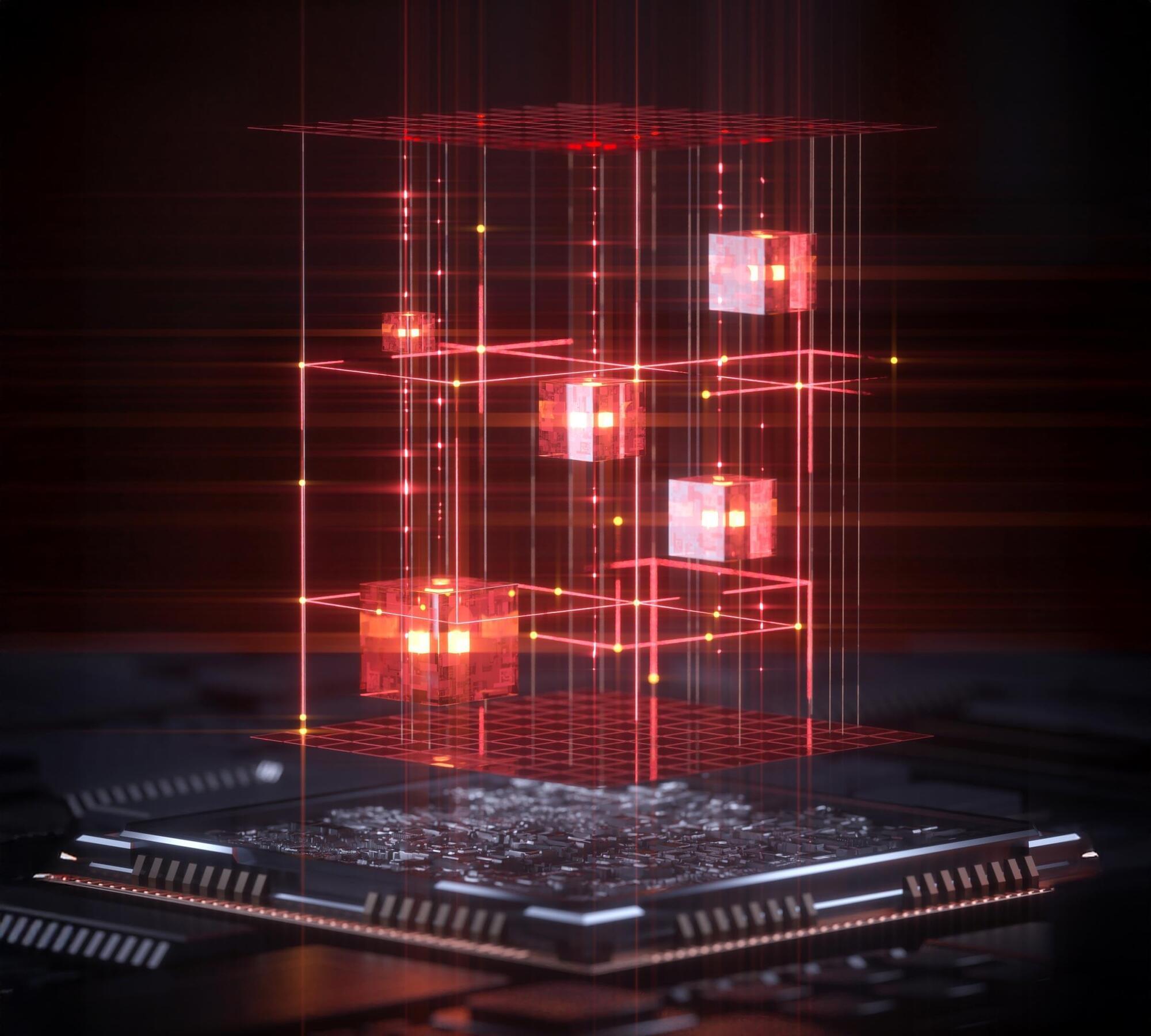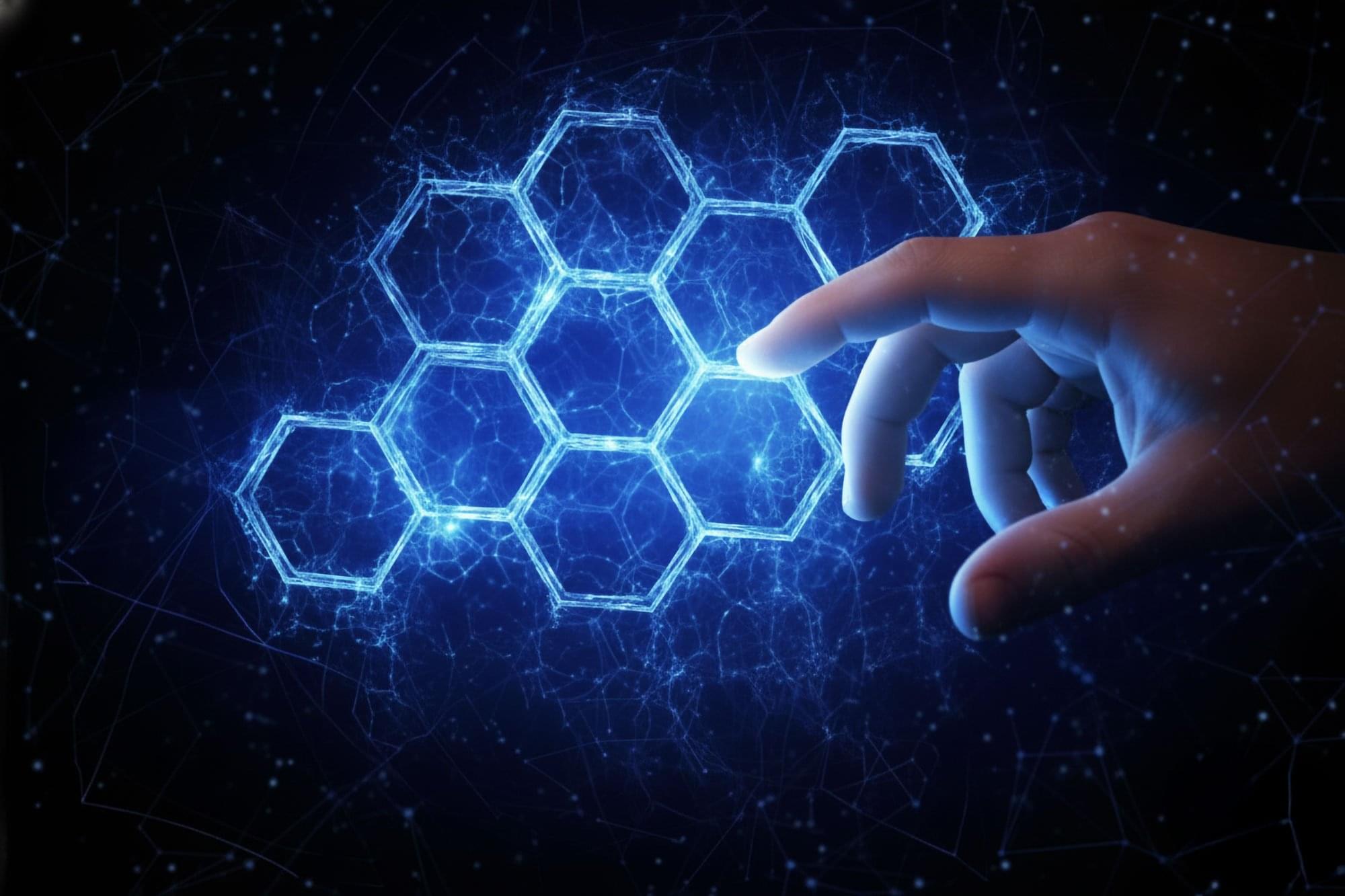Cornell researchers have found that a new DNA sequencing technology can be used to study how transposons move within and bind to the genome. Transposons play critical roles in immune response, neurological function and genetic evolution, and implications of the finding include agricultural advancements and understanding disease development and treatment.
In a paper published in iScience, senior author Patrick Murphy, Ph.D. ‘13, associate professor of molecular biology and genetics in the College of Agriculture and Life Sciences, and co-authors demonstrate that a high-resolution genome mapping technique called CUT&Tag can overcome shortcomings in existing sequencing methods to enable study of transposons.
Once derided as “junk DNA,” transposons make up half the human genome and are descended from ancient viruses encountered by our evolutionary ancestors.

